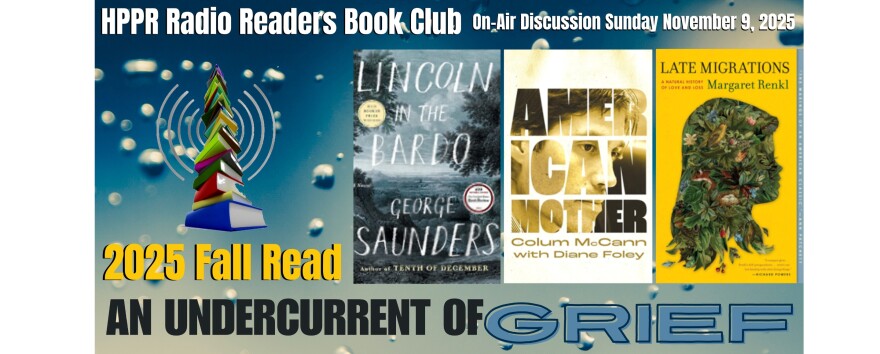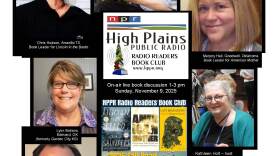Hello. My name is Cheryl Berzanskis and I’m from Amarillo.
When I woke up this morning, I saw and enjoyed what almost eight billion other people had seen or would see today — a sunrise.
The sun’s daily journey is a universality of life on Earth and at each end of the great orb’s arc across the sky we have symbols to attend it. Sunrise signals birth, hope, beginnings. Sunset darkens into death, despair and endings.
The sun, worshipped and celebrated by people worldwide, is a touchstone of life.
An American Sunrise: Poems, a 116-page volume of poetry by Joy Harjo, celebrates and mourns both ends of that arc as she pens work that is sometimes happy but often saddened by the pain and historic trauma suffered by Native Americans.
Harjo, three time poet laureate of the United States, an enrolled member of the Muscogee (Creek) Nation and resident of Tulsa, Oklahoma, penned this collection published by W.W. Norton & Company in 2019. Harjo is in addition a teacher, playwright and saxophonist.
She touches on the hope of sunrise to describe how her people survived after the Indian Removal Act of 1830.
From her poem “For Earth’s Grandsons” she wrote,
“… you are born of those
Who kept ceremonial embers burning in their hands
All through the miles of relentless exile
Those who sang the path through massacre
All the way to sunrise
You will make it through —“
Scientist and author Robin Wall Kimmerer, also a Native American featured in the autumn Radio Readers Book Club, focuses on the historic harmony between Indigenous cultures and nature. In her 2013 work Braiding Sweetgrass: Indigenous Wisdom, Scientific Knowledge and the Teachings of Plants, Kimmerer, an enrolled member of the Citizen Potawatomi Nation, writes about the gifts of nature and what they teach us. Harjo connects us with nature as metaphor for her way of seeing the world.
She described it thus in a 2007 essay for NPR’s “This I Believe.” “After dancing all night in a circle we realize that we are a part of a larger sense of stars and planets dancing with us overhead. When the sun rises at the apex of the ceremony, we are renewed. There is no mistaking this connection, though Wal-Mart might be just down the road.”
In the prayer like, “Bless This Land,” the final poem in the book, she wrote,
“Bless us, these lands, said the rememberer. These lands aren’t our lands.
These lands aren’t your lands. We are this land.”
Then the voice of the rememberer continues in a benediction,
“And the blessing began a graceful moving through the grasses of time from the beginning, to the circling around place of time, always moving, always.”
When I read this poem, someone for whom family lore has it that Cherokee and Creek blood runs in her veins, I wondered how to identify with Harjo and Kimmerer. I, too, love the land, prairie vistas that allow me to see the weather a-comin’, soaring mountains just a few hours drive away and blistering deserts with the hardiest ecosystems on Earth. But unlike the two of them, nature was not a prize of my culture or religion. Rather nature was something one enjoyed like a hobby or used for sustenance.
For Native Americans, nature prescribed how they lived, believed and connected with the universe.
For the autumn Radio Readers Book Club on High Plains Public Radio, this has been Cheryl Berzanskis.










